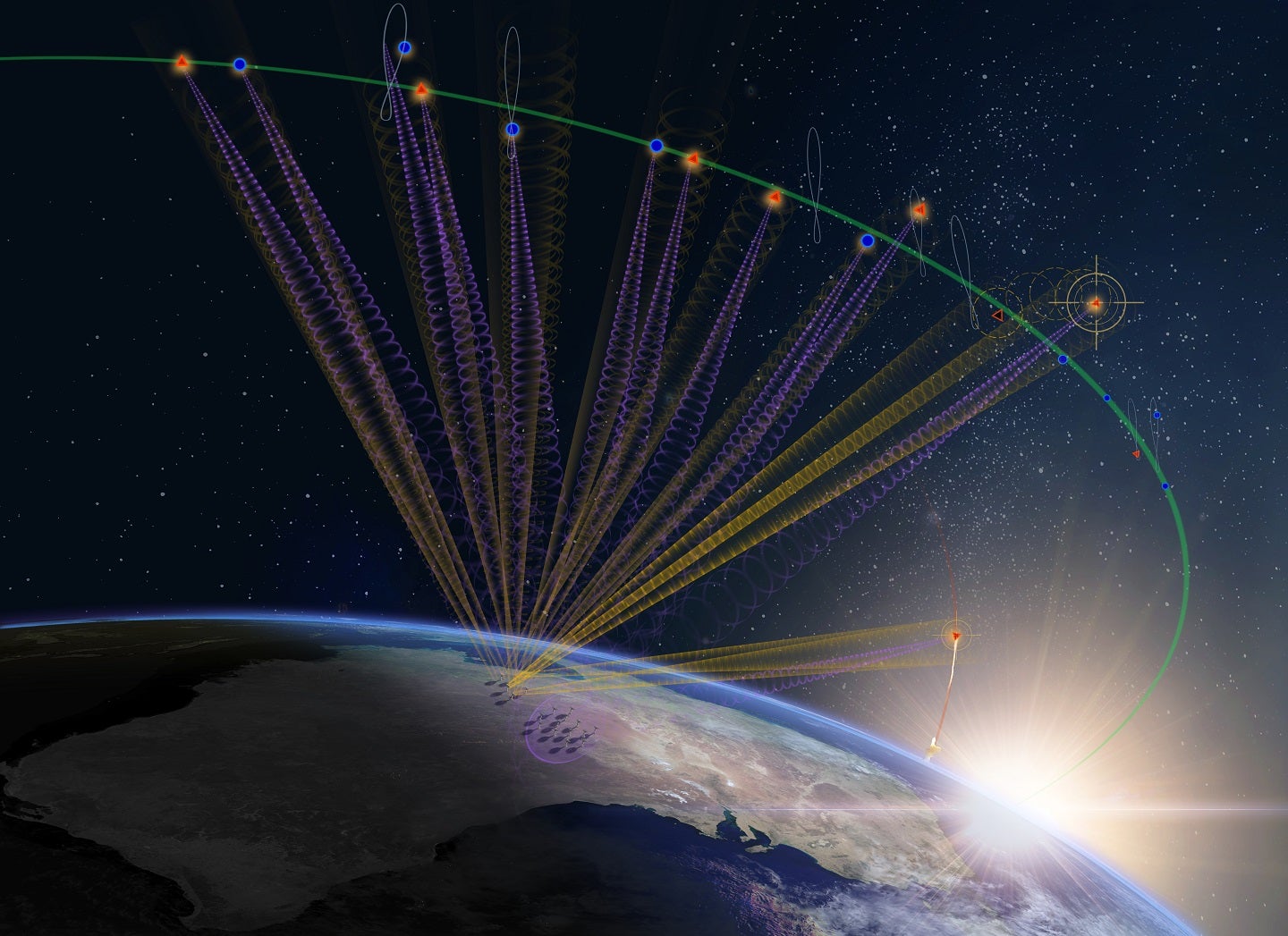
In a move to safeguard satellites, Northrop Grumman Corporation, in partnership with the AUKUS alliance, is transforming space surveillance with the development of the Deep Space Advanced Radar Capability (DARC).
This technology transcends traditional boundaries, ensuring 24/7 coverage and weather-resistant protection against potential threats in geosynchronous orbit.
Northrop Grumman Corporation has taken the reins in fortifying global security in the outer reaches of space. The unveiling of the Deep Space Advanced Radar Capability (DARC) marks a moment in space surveillance that promises protection for US and allied satellites.
DARC, a brainchild of Northrop Grumman, is set to propel the AUKUS partnership – comprising the United States, Australia, and the United Kingdom. This venture involves a global network of three advanced ground-based sensors that will collectively track objects in the geosynchronous orbit.
Last year, the UK Ministry of Defence initiated the next development phase for the future nuclear-powered attack submarine (SSN) AUKUS, securing a £4bn investment. Contracts with Babcock, BAE Systems, and Rolls-Royce aim to deliver the first British AUKUS SSNs in the late 2030s, replacing the current Astute class vessels.
Recent developments include signing a memorandum of understanding by leaders from the three nations, cementing their commitment to hosting and operating DARC in unison.
How well do you really know your competitors?
Access the most comprehensive Company Profiles on the market, powered by GlobalData. Save hours of research. Gain competitive edge.

Thank you!
Your download email will arrive shortly
Not ready to buy yet? Download a free sample
We are confident about the unique quality of our Company Profiles. However, we want you to make the most beneficial decision for your business, so we offer a free sample that you can download by submitting the below form
By GlobalDataIn 2022, Northrop Grumman secured a $341m contract from the US Space Force Space Systems Command for the Deep-Space Advanced Radar Capability. The preliminary contract included the design, development, and delivery of a Site 1 system in the Indo-Pacific region, expected to be completed by 2025, with plans for two additional strategic locations globally.
Northrop Grumman’s DARC technology operates repeatedly, 24/7, regardless of weather conditions, thereby addressing gaps in the ground-based space domain awareness architecture segment. The significance of this collaborative effort extends beyond individual capabilities, showing the necessity for united action in securing the increasingly vital space domain.
In an era where space is a key frontier for both technological advancement and potential threats, the introduction of DARC exemplifies the commitment of AUKUS partners to push the boundaries of security measures. This fusion of technology and international collaboration sets a precedent for the future of space surveillance, ensuring that assets in orbit remain shielded from potential adversaries.
The AUKUS alliance, through the implementation of DARC, is not just looking to the skies – it’s reaching into the depths of space to secure a resilient and interconnected defence network for the challenges ahead.



